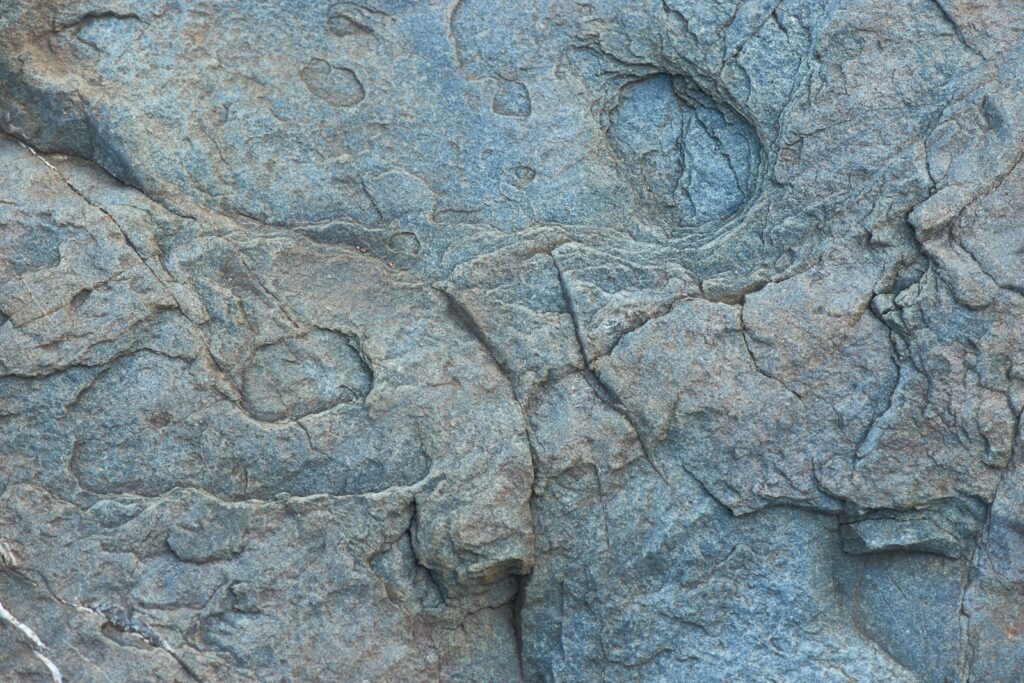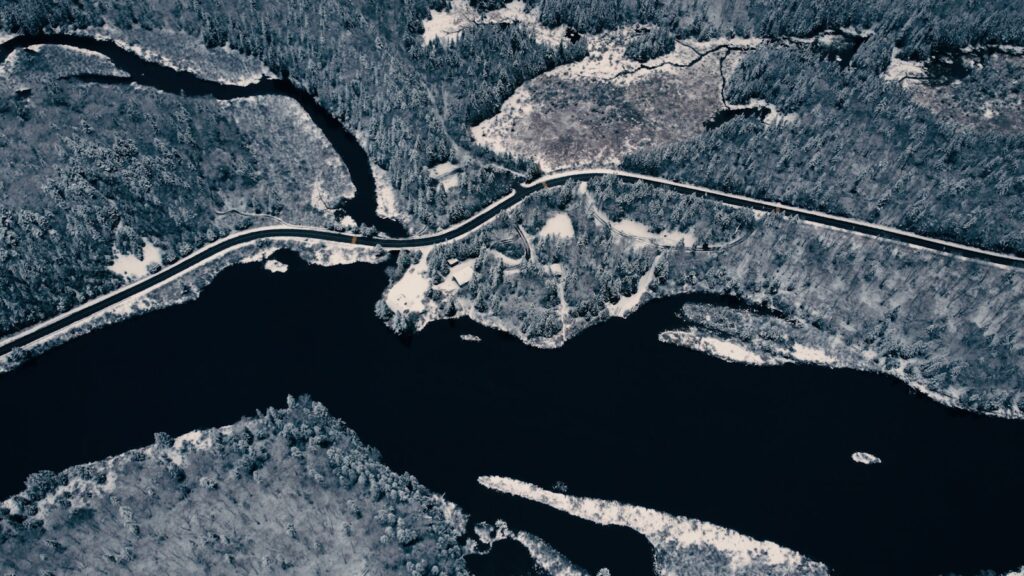Picture this: you’re a scientist in 1822, holding a massive, mysterious tooth that looks like it belongs to an enormous iguana. You have no idea that you’re staring at evidence of creatures that ruled Earth for over 160 million years. This was the reality for early paleontologists who stumbled into the world of dinosaur discovery with nothing but curiosity, crude tools, and wild imagination. Their journey from complete ignorance to groundbreaking revelations shaped everything we know about these ancient giants today.
The Great Reptile Revelation That Started It All
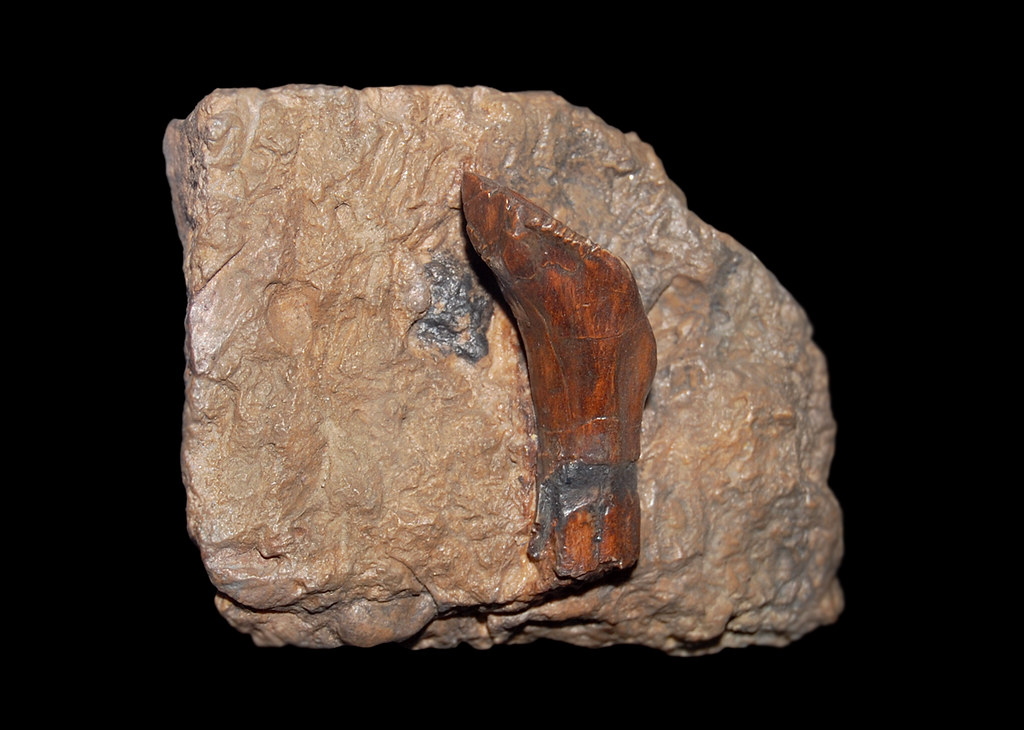
When Gideon Mantell first discovered Iguanodon teeth in England, he made a shocking assumption that would haunt paleontology for decades. He believed these creatures were simply gigantic versions of modern lizards, complete with sprawling postures and cold-blooded metabolism. This wasn’t entirely his fault though – imagine trying to reconstruct an elephant from just a toenail! The scientific community was so convinced that these were oversized reptiles that they named them “dinosauria,” meaning “terrible lizards.” What they got right was recognizing these fossils represented an entirely new group of animals unlike anything alive today. Their mistake was underestimating just how different these creatures really were from modern reptiles.
Crystal Palace Monsters and Victorian Imagination Gone Wild
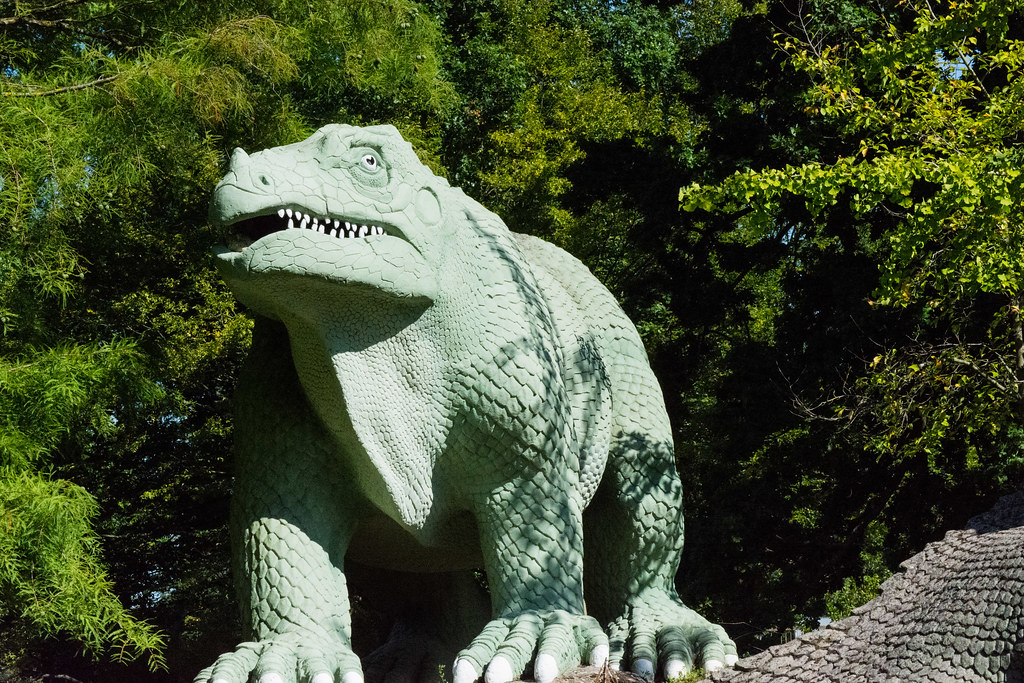
The Crystal Palace dinosaur sculptures, unveiled in 1854, represent both triumph and disaster in equal measure. These concrete giants, still standing in London today, showcase how Victorian scientists imagined dinosaurs as sluggish, dragon-like beasts lounging around like oversized crocodiles. Artist Benjamin Waterhouse Hawkins worked closely with Richard Owen to create these models, and they genuinely believed they were depicting accurate representations. They got the basic anatomy somewhat right – recognizing that Iguanodon was herbivorous and massive. However, their vision of sprawling, tail-dragging monsters couldn’t have been more wrong about dinosaur posture and behavior. These sculptures became so iconic that they influenced dinosaur imagery for over a century.
The Bone Wars: When Science Became a Blood Sport
Othniel Charles Marsh and Edward Drinker Cope turned paleontology into the Wild West with their legendary rivalry during the 1870s and 1880s. These two brilliant scientists discovered and named dozens of dinosaur species, including famous ones like Triceratops, Stegosaurus, and Allosaurus. Their competitive spirit drove incredible advances in fossil hunting techniques and specimen preservation. But their feud also led to spectacular blunders – Cope once reconstructed a plesiosaur with its head on the wrong end of its body. Their teams worked so frantically to outdo each other that many fossils were damaged or lost forever. Despite the chaos, their work laid the foundation for American paleontology and filled museums with incredible specimens that still amaze visitors today.
Size Matters: Getting the Scale Spectacularly Wrong

Early paleontologists had a serious problem with proportions, and their mistakes were absolutely mind-blowing. When they first discovered sauropod bones, they estimated these creatures might reach lengths of 200 feet or more – nearly twice their actual size! The issue was that they were working with incomplete skeletons and making educated guesses based on modern animals. They correctly identified that some dinosaurs were the largest land animals that ever lived, which was a huge leap in understanding. However, their size estimates were often wildly exaggerated because they didn’t understand how dinosaur bone structure actually worked. Some scientists even suggested that these giants were too heavy to live on land and must have been aquatic creatures. The truth about dinosaur biomechanics wouldn’t emerge until much later in the 20th century.
Teeth Tell Tales: Decoding Ancient Diets

Victorian paleontologists were surprisingly good at reading the dietary preferences of dinosaurs from their fossilized teeth. They correctly identified that sharp, serrated teeth belonged to carnivores like Megalosaurus, while flat, grinding teeth indicated plant-eaters like Iguanodon. This was actually brilliant detective work considering they had never seen these animals alive. They even recognized that some dinosaurs had specialized feeding strategies based on tooth wear patterns. Where they stumbled was in understanding the complexity of dinosaur digestion and metabolism. Many assumed these creatures had simple reptilian digestive systems, not realizing that some dinosaurs had sophisticated gut bacteria and multi-chambered stomachs. Their basic understanding of predator-prey relationships was sound, but they missed the nuanced ecological interactions that made dinosaur ecosystems so complex.
The Great Posture Problem: Standing Up Straight
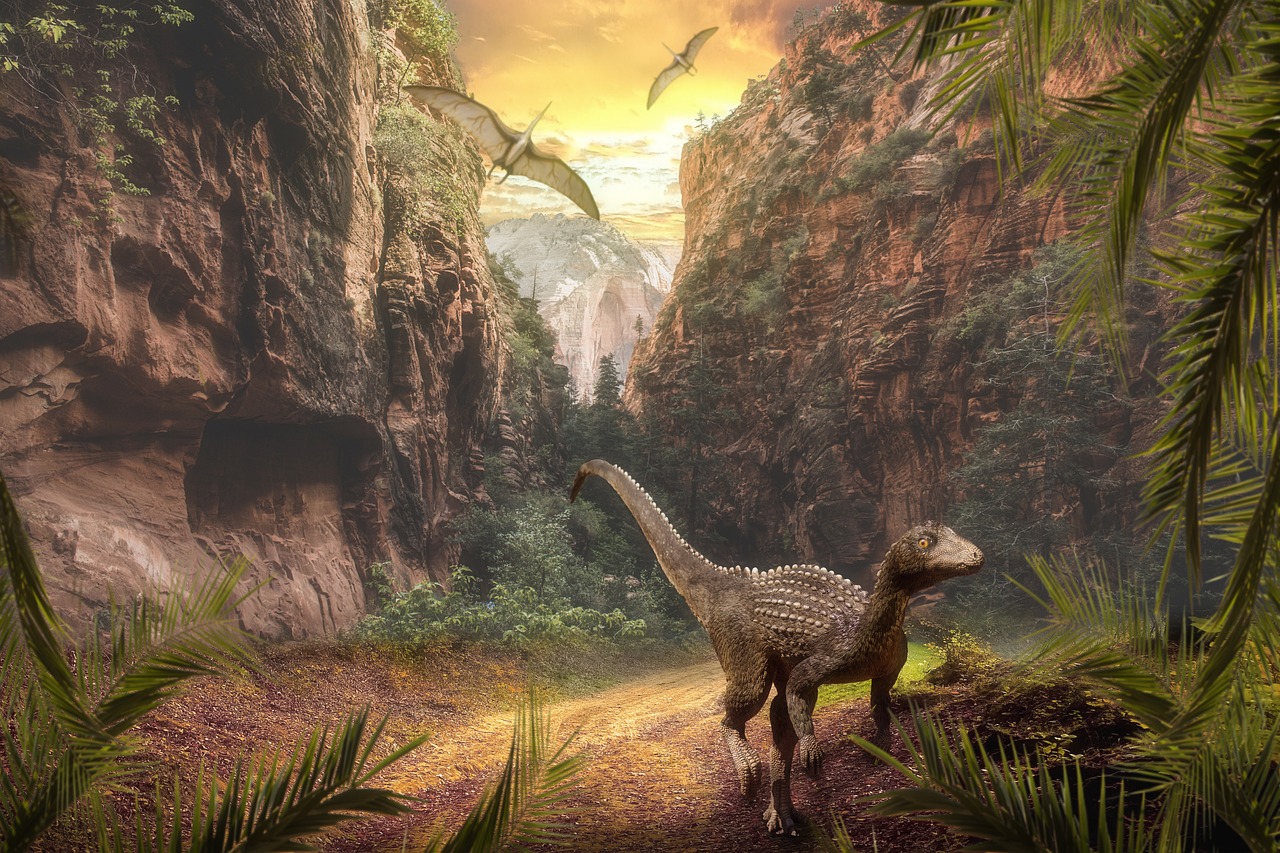
For over a century, scientists depicted dinosaurs as tail-dragging, sluggish creatures with terrible posture, and museums worldwide displayed skeletons this way. The famous Diplodocus mount at the American Museum of Natural History showed the creature with its massive tail scraping the ground and its neck held low. This wasn’t just an artistic choice – scientists genuinely believed this was how these animals moved. They got the basic skeletal structure right and understood that these were quadrupedal animals. However, they completely misunderstood dinosaur biomechanics and energy efficiency. The truth is that dinosaurs held their tails high for balance and their necks in optimal positions for feeding. This misconception lasted so long that many museum displays weren’t corrected until the 1970s and 1980s.
Blood, Sweat, and Cold Reality: The Metabolism Mystery

The assumption that dinosaurs were cold-blooded creatures dominated scientific thinking for over 150 years, and it seemed perfectly logical at the time. After all, they were reptiles, and all living reptiles are cold-blooded, so the connection seemed obvious. Scientists correctly observed that dinosaurs shared many anatomical features with modern reptiles, including similar skull structures and egg-laying behavior. But they completely missed the signs of active, warm-blooded metabolism that were hiding in plain sight. Evidence like rapid bone growth, sophisticated respiratory systems, and high activity levels suggested these creatures were far more energetic than anyone imagined. The debate about dinosaur metabolism continues today, but most scientists now believe many dinosaurs were warm-blooded or had mixed metabolic strategies. This revelation changed everything about how we imagine dinosaur behavior and ecology.
Feathers, Flight, and Fantastic Discoveries

The idea that dinosaurs might have had feathers would have seemed absolutely ridiculous to 19th-century paleontologists, yet they made some surprisingly accurate observations about early birds. They correctly identified Archaeopteryx as a transitional form between reptiles and birds, recognizing its importance in understanding evolution. Thomas Huxley even proposed that birds were descended from dinosaurs, which was incredibly forward-thinking for the 1860s. However, they never imagined that many dinosaurs themselves might have been feathered, colorful creatures. The discovery of feathered dinosaur fossils in China during the 1990s completely revolutionized our understanding of dinosaur appearance and behavior. What 19th-century scientists saw as scaly, drab creatures were actually often vibrant, feathered animals that would have looked more like giant birds than lizards.
Family Trees and Evolutionary Puzzles
Victorian scientists made remarkable progress in understanding dinosaur relationships, even without modern genetic tools or sophisticated analytical methods. They correctly grouped many dinosaur species into families based on shared anatomical features, laying the groundwork for modern dinosaur classification. Richard Owen’s original grouping of dinosaurs as a distinct order of reptiles was scientifically sound and revolutionary for its time. However, they struggled with understanding the true evolutionary relationships between different dinosaur groups and modern animals. Many scientists placed dinosaurs on evolutionary dead ends, not realizing they were actually part of a continuing lineage that includes modern birds. Their classification systems were often based on superficial similarities rather than true evolutionary relationships. Despite these limitations, their careful anatomical observations provided the foundation for all future dinosaur research.
Eggs, Babies, and Family Life
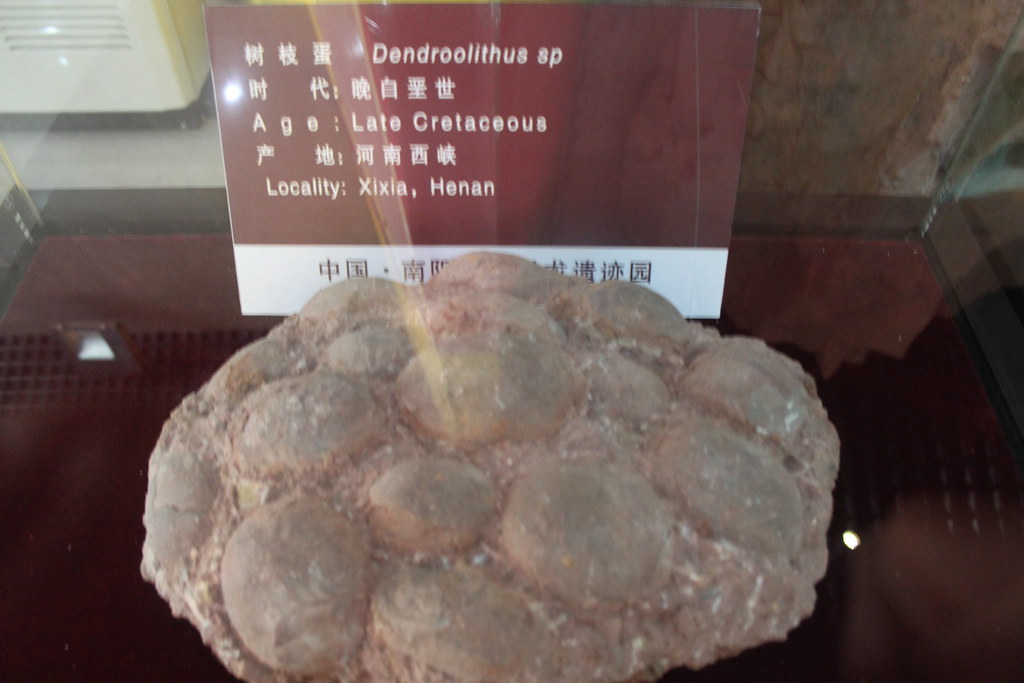
The discovery of dinosaur eggs in France during the 1860s provided the first glimpse into dinosaur reproduction, but scientists made some fascinating assumptions about dinosaur family life. They correctly identified that dinosaurs laid eggs like modern reptiles and birds, which was a crucial insight into their biology. Some even speculated about parental care based on egg arrangement and nest structure. However, they imagined dinosaur parenting as simple and reptile-like, with mothers abandoning their eggs after laying them. The reality of dinosaur family life was far more complex and bird-like than anyone could have imagined. Modern discoveries show that many dinosaurs built elaborate nests, incubated their eggs, and provided extensive care for their young. Some species even lived in complex social groups with sophisticated communication and cooperative behaviors.
Geographic Mysteries and Continental Connections
Early paleontologists were puzzled by the global distribution of similar dinosaur fossils, but they lacked the key to understanding continental drift. They correctly observed that related dinosaur species appeared on different continents, suggesting these animals had once been connected somehow. Some scientists proposed land bridges or temporary connections between continents to explain these patterns. What they couldn’t have known was that the continents themselves had moved over millions of years, carrying dinosaur populations with them. Their careful mapping of fossil locations provided crucial data that would later support plate tectonics theory. They also correctly identified that different time periods had distinct dinosaur communities, laying the groundwork for understanding dinosaur evolution through time. The missing piece was understanding how Earth’s geography itself had changed dramatically since the age of dinosaurs.
Environmental Clues and Ancient Climates

Victorian scientists were surprisingly good at reading environmental clues from dinosaur fossils and surrounding rock formations. They correctly identified that many dinosaur fossils were found in rocks that indicated warm, tropical climates existed globally during the Mesozoic Era. They recognized that plant fossils found with dinosaurs suggested lush, humid environments very different from modern landscapes. Their understanding of ancient geography and climate was remarkably sophisticated given the tools available. However, they underestimated the dynamic nature of ancient ecosystems and climate change over geological time. They imagined a more static world where conditions remained relatively constant for millions of years. The reality of rapid climate fluctuations, volcanic activity, and changing ocean levels that influenced dinosaur evolution was beyond their understanding. Their work nonetheless provided the foundation for modern paleoclimatology and ecosystem reconstruction.
The Great Extinction Mystery
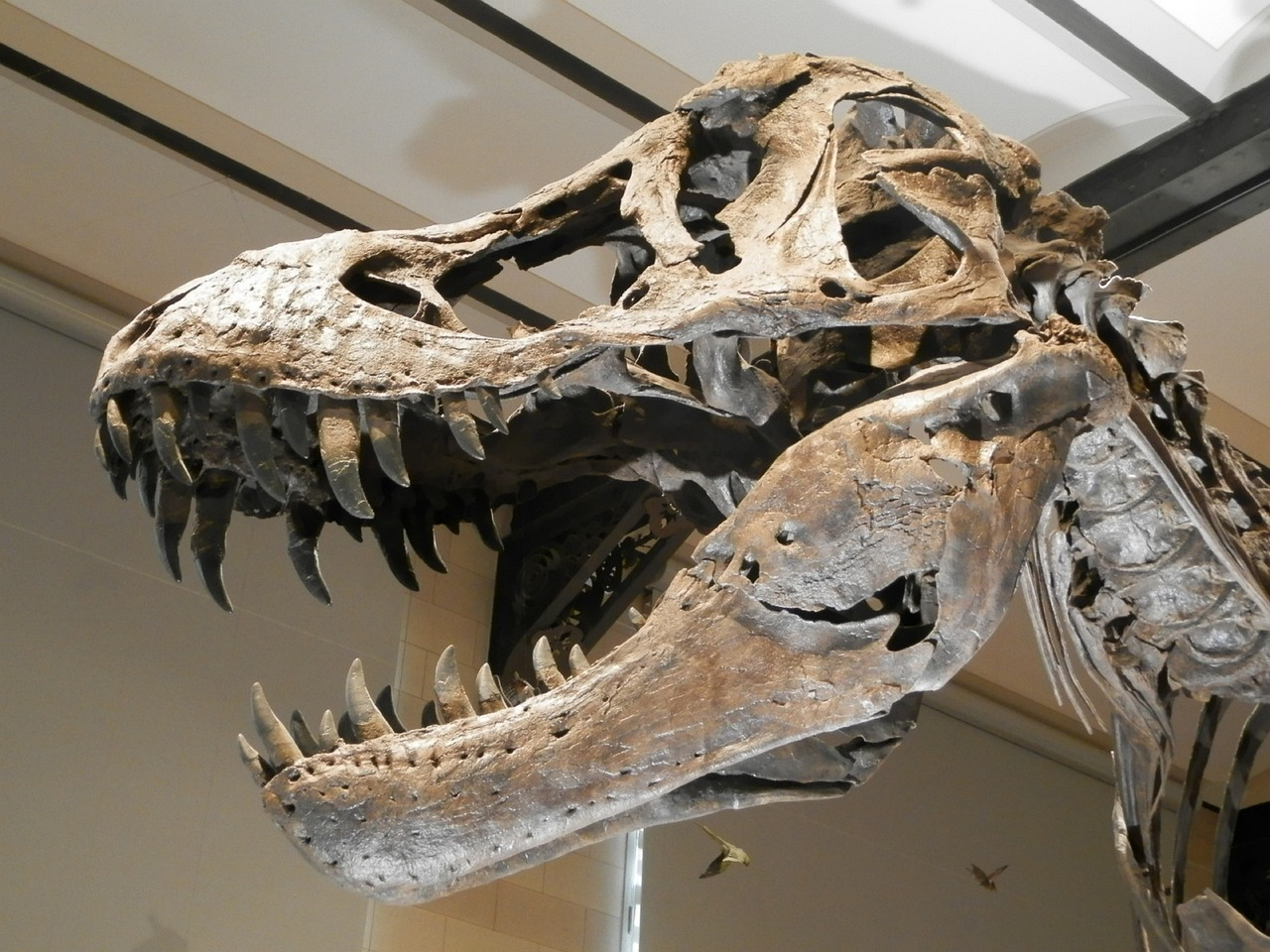
The question of why dinosaurs disappeared completely baffled 19th-century scientists, and their theories ranged from plausible to absolutely bizarre. Some correctly proposed that gradual climate change or competition from mammals might have contributed to dinosaur extinction. They recognized that the fossil record showed a clear boundary where dinosaurs suddenly disappeared from rock formations. However, many of their extinction theories were wildly off-mark – some suggested dinosaurs died from constipation due to overeating, while others blamed racial senescence or divine intervention. The idea that a massive asteroid impact could wipe out entire groups of animals was completely beyond their imagination. They also didn’t realize that dinosaurs didn’t actually go completely extinct – birds are living dinosaurs that survived the mass extinction event. Their struggle with this mystery highlights how revolutionary the asteroid impact theory was when it was proposed in 1980.
Tools, Techniques, and Technological Limitations
The methods available to 19th-century paleontologists were incredibly primitive compared to modern standards, yet they achieved remarkable results through careful observation and innovative thinking. They developed many fundamental techniques for fossil collection, preparation, and study that are still used today. Their artistic reconstructions and detailed anatomical drawings captured important details that photography sometimes missed. However, they lacked crucial tools like electron microscopes, CT scanners, and chemical analysis equipment that reveal hidden details in fossils. They couldn’t study fossil proteins, measure isotope ratios, or analyze microscopic structures that provide insights into dinosaur physiology and behavior. Many specimens were damaged or destroyed during collection and preparation because proper preservation techniques hadn’t been developed yet. Despite these limitations, their pioneering work established paleontology as a legitimate science and inspired generations of researchers.
Legacy of Wonder and Scientific Revolution
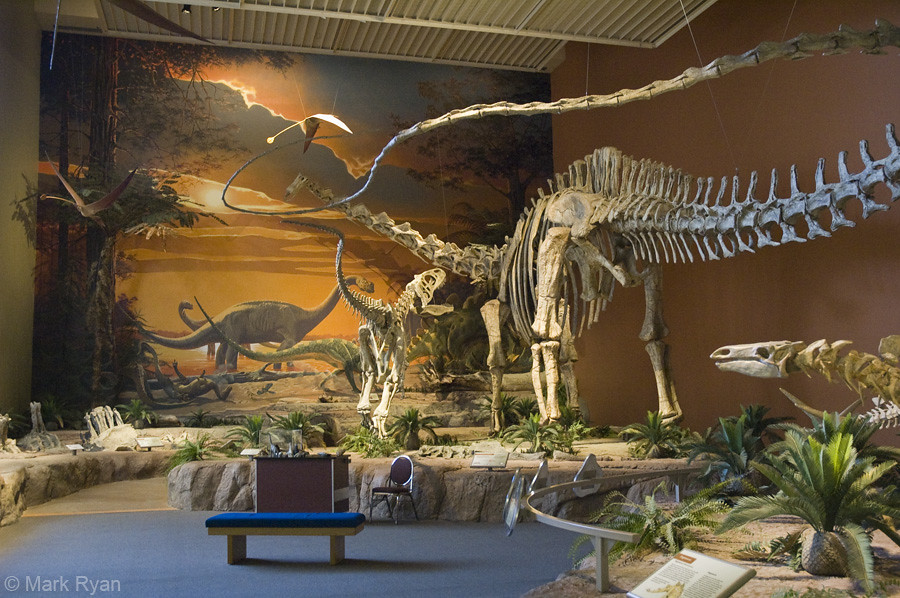
The 19th-century pioneers of dinosaur science created a foundation that continues to support paleontological research today, even as many of their specific ideas have been overturned. Their sense of wonder and scientific curiosity established dinosaurs as subjects worthy of serious study and public fascination. They correctly recognized that dinosaurs represented a completely different world from anything in human experience, opening up new questions about evolution, extinction, and the history of life on Earth. Their mistakes were often as valuable as their successes, providing hypotheses to test and assumptions to challenge. The scientific method they employed – careful observation, hypothesis formation, and peer review – remains the backbone of modern paleontology. Their work also established the important connection between scientific research and public education, making dinosaurs accessible to everyone through museum displays and popular publications.
Conclusion
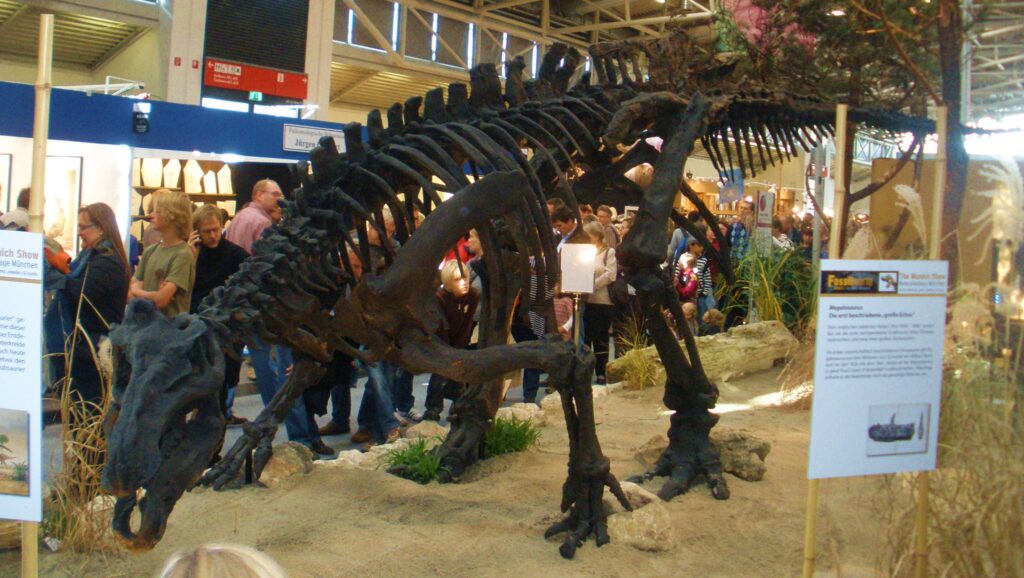
The journey from those first mysterious teeth to our modern understanding of dinosaurs as dynamic, diverse, and bird-like creatures reveals both the power and limitations of scientific inquiry. These Victorian pioneers got enough right to launch a scientific revolution, while their spectacular mistakes remind us that science is always evolving. What seemed obvious to them – cold-blooded, sluggish reptile monsters – now appears almost comically wrong, yet their careful observations provided the very evidence that would eventually overturn their own theories. What other “obvious” truths about our world might future scientists look back on with equal amazement?


